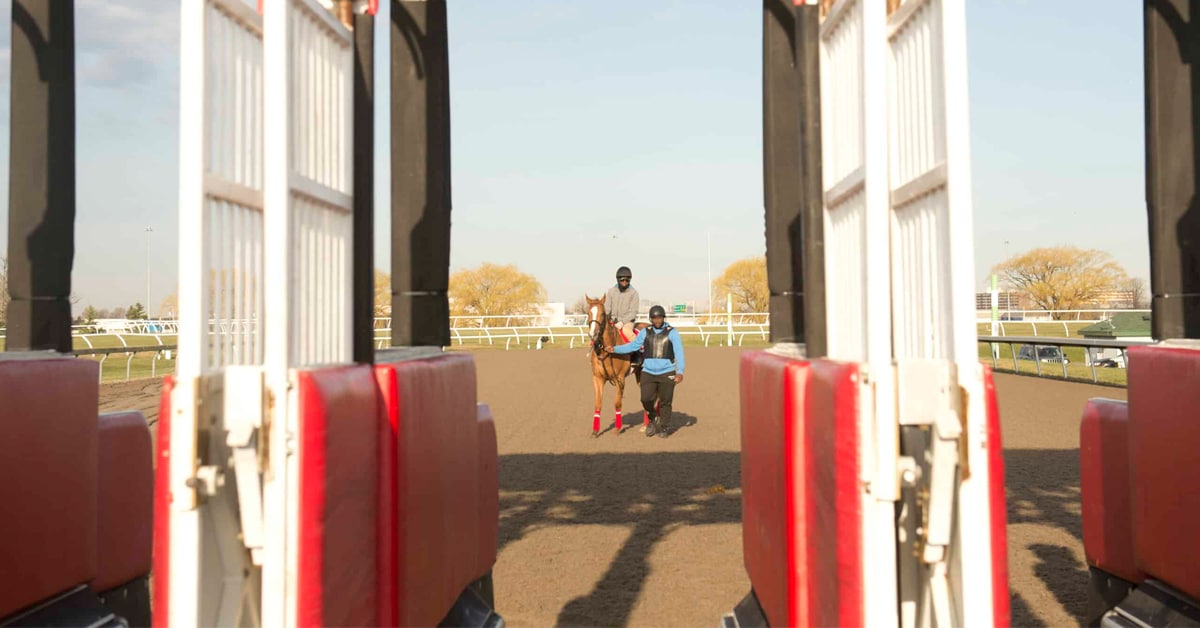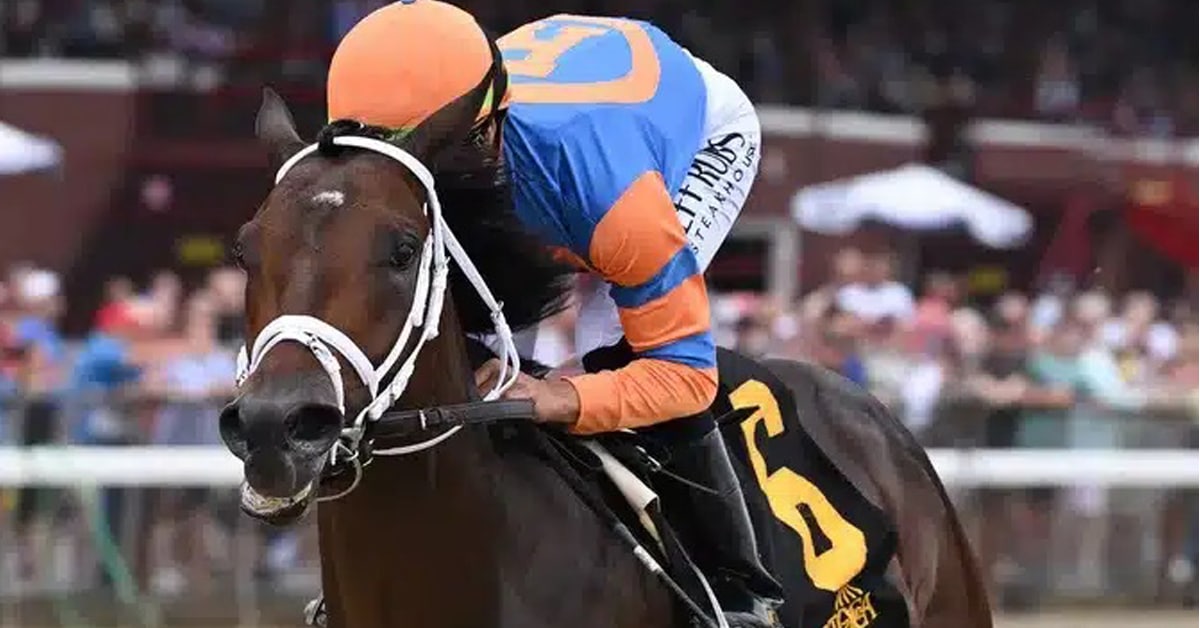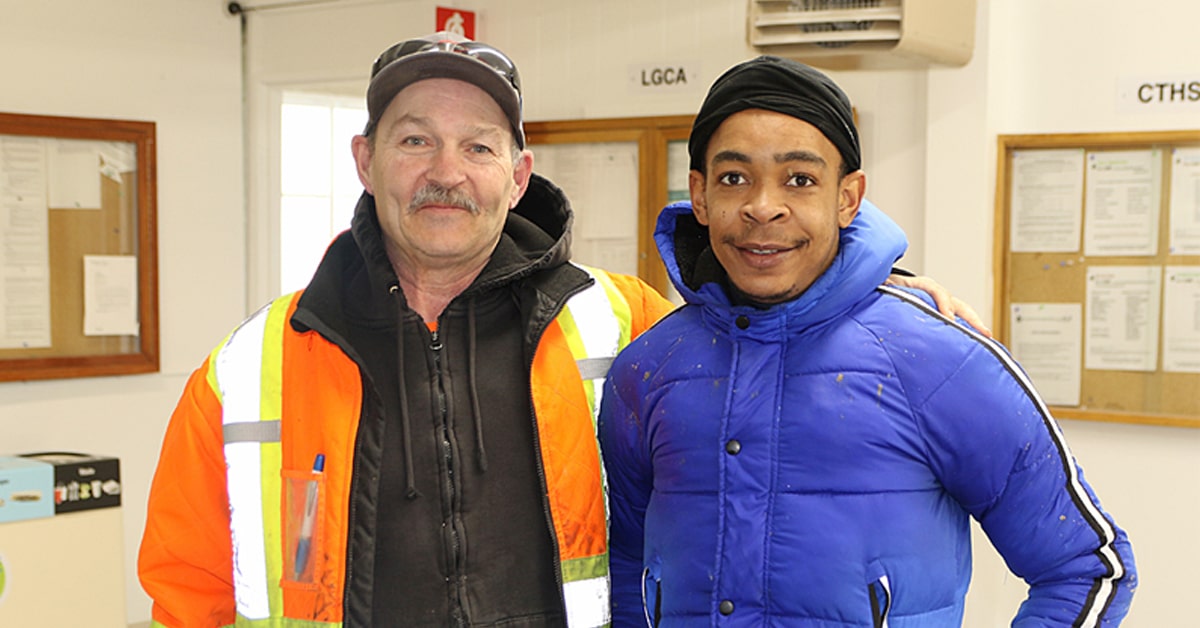FOR SALE – Up to 338 acres in Fort Erie, Ontario, 100 acres of which used to be Fort Erie Race Track. It is valued at between $15 to $17 million, but feel free to negotiate if you have a plan. If you have the bucks, this fixer-upper is just what you (and the community) are looking for.
Yes, it is a sacrifice sale. And frankly, things are not all that rosy in Fort Erie, Ontario, where live racing and gaming operations at the Fort Erie Race Track (FERT) have, for the most part, closed down at the end of 2012.
FERT was Fort Erie’s largest employer, with 250 jobs directly associated with the track and 600 support jobs taking care of horses and those who rely upon them.
The storied race track, with a 115-year history, was once considered among the most beautiful race tracks in North America.
The 2012 racing season scheduled 81 live racing days (76 thoroughbred and 5 quarter horse) from May 6 to October 30. On an average day, attendance was between 500 and 700 people, and on a big day, up to 12,000 would come through the doors.
A March, 2012, decision by the Ontario Lottery and Gaming Corporation (OLG) to remove slot machines from the 17 race tracks in Ontario has had a devastating effect on live horse racing at all 17 tracks and especially Fort Erie.
Slot machines were introduced in 1999 with the intention of bringing more people into the racing venues. As a result of a 70% drop in American attendance (23 million in 2002 to 7 million in 2011), due to border crossing issues, increased competition and the economy, combined with the stated goal of modernizing lotteries and gaming, the OLG issued the March 2012 report, “Modernizing Lottery and Gaming in Ontario”.
The report called for discontinuing the Slots at Race Tracks program in border communities such as Fort Erie. Currently, slot machines are linked to race tracks and this site limitation cost the government an estimated $345 million a year. OLG maintains that by implementing their plan, separating slot machines and race tracks, will ultimately increase economic opportunities in Ontario.
But the impact to FERT is immediate. FERT has an annual operating budget of about $25 million (Canadian), but almost $6 million of it came in slot machine revenue. On June 5, faced with an almost 25% drop in revenue, the Fort Erie Live Racing Consortium, a not-for-profit agency that has operated the race track since January 1, 2010, and is comprised of representatives from the Fort Erie Economic Development and Tourism Corporation, the Town of Fort Erie and the Ontario Horsemen’s Benevolent and Protective Asociation, voted to close the race track, effective December 31, 2012.
The Reporter spoke with James Thibert, the CEO of the Consortium.
Thibert is also GM of the Town of Fort Erie Economic Development and Tourism Corporation.
“It’s my job to do something with that property regardless,” he explained. “It is developable land convenient to the Queen Elizabeth Way and is across the Niagara River from the United States. However, it is also easier to keep what is currently there than to find a new investor to purchase it…. I’ve tried to get someone to come in and buy the property, let us keep the track running, and use that as a major attraction.”
Though the track ran its last race on October 29, the site remained operational until December 31. It was also in October, that the government-appointed Horse Racing Industry Transition Panel issued its final report on transforming the horse racing industry. It concluded there are no examples of world-class horse racing without government assistance, but did not recommend the slot machine program be restored at race tracks.
The Nordic Gaming Corporation (a subsidiary of Toronto-based El-Al Canada, Inc.), owns the Fort Erie Race Track and when the company threatened to close the track in 2009, the Consortium was created to take over the operation under a three-year lease.
The Consortium pays Nordic $650,000 per year and $450,000 in property taxes for the 100 acres it uses.
Despite loss of funding and the decision to close the track, Thibert has applied for 76 thoroughbred race dates and 5 quarter horse race dates for 2013. If a buyer can be found, the track can stay open, Thibert explained, but the drop dead date for having a racing season next year is March 31, 2013.
“You can’t go beyond March 31st. Our lease expires, our contract expires. Everything expires at midnight,” he said.
Meantime, if you are looking for a great fixer-upper and to dabble in the sport of kings, this may be the property for you.
More from Canadian Thoroughbred:





